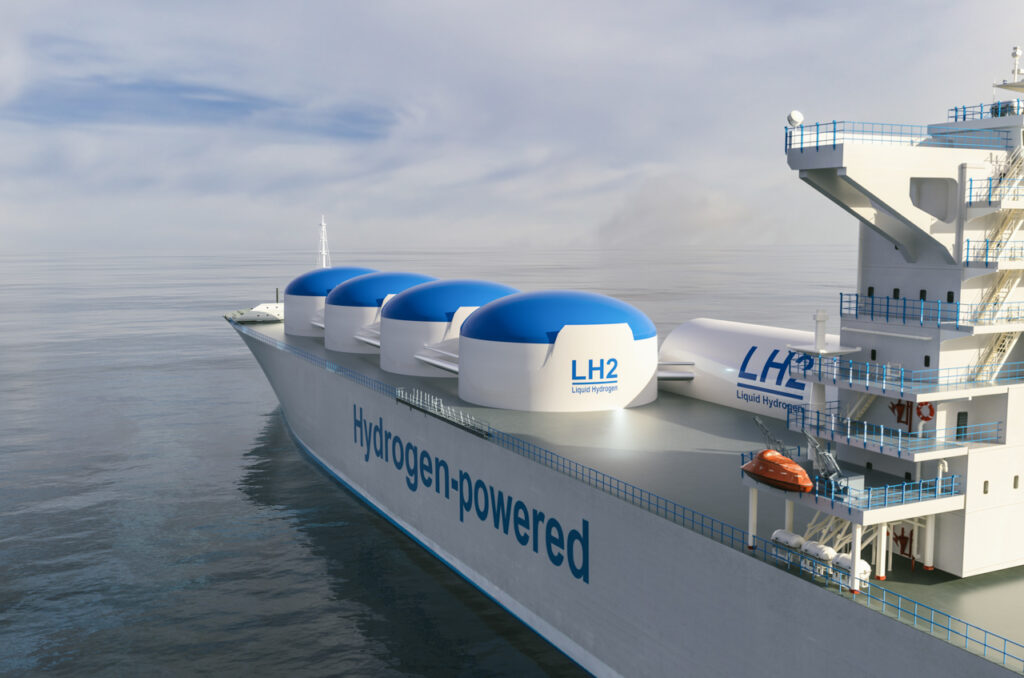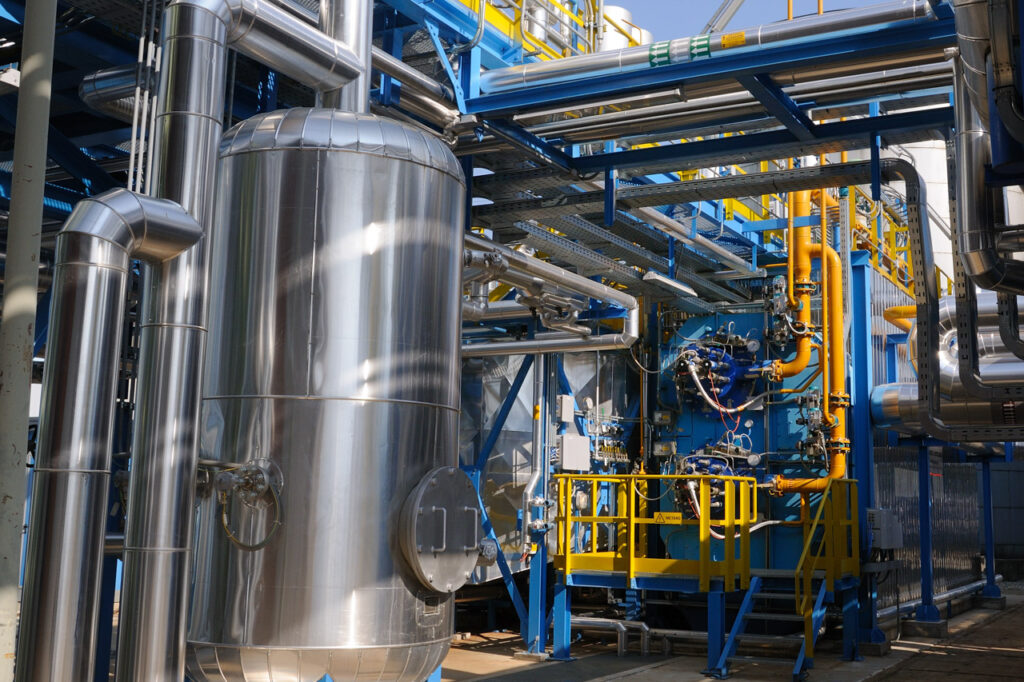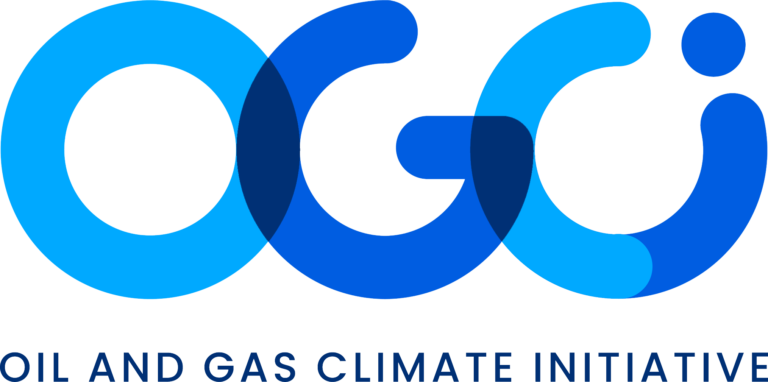Pneumatic device replacement

This resource outlines the work and research conducted by EQT’s Production and Environmental teams to target low-cost opportunities for abating methane emissions from natural gas-driven pneumatic devices. It useful for professionals trying to implement similar project and learn for real deployments.
MiQ buyers calculator

MiQ has developed and launched the Gas Buyers Methane Emissions Calculator, a tool designed to help natural gas buyers assess the potential methane emissions reductions associated with purchasing MiQ-certified gas. The calculator compares emissions from the production segment of MiQ-certified gas against benchmark gas, providing buyers with valuable insights into the environmental benefits of choosing […]
Weighing the risks of using the CRA to restore EPA’s methane standards

The article from the Harvard Environmental & Energy Law Program examines the risks associated with using the Congressional Review Act (CRA) to reinstate EPA methane standards. It discusses the CRA’s potential implications for regulatory stability and environmental protection, highlighting legal and procedural challenges in utilizing this legislative tool. The article likely evaluates the broader impacts […]
US EPA – Overview of greenhouse gases

The EPA’s methane overview webpage. It highlights its contribution to U.S. greenhouse gas emissions and major sources. The page discusses emission reduction strategies and have links to voluntary and regulatory programs, including EPA’s Natural Gas STAR.
Optical gas imaging stakeholder workshop

The EPA’s webpage provides resources from the OGI Stakeholder Workshop, including presentations on OGI technology, its applications, regulatory considerations, and performance evaluation. Examples of resources include case studies, guidance on best practices, and discussions on integrating OGI into emissions monitoring programs. Useful for professionals working directly with methane detection and quantification programs.
Regulatory Tracker

Harvard Law School’s Regulatory Tracker explains the regulatory steps to advance clean energy deployment and environmental protection, and provides an up-to-date and concise summary of both regulatory and litigation actions. This tool is particularly useful for professionals seeking to stay informed about the latest developments in energy and environmental regulation.
Regulatory impact analysis of the supplemental proposal for the standards of performance for new, reconstructed, and modified sources and emissions guidelines for existing sources – oil and gas sector climate review

Regulatory impact analyses (RIA) for the supplemental rule. This RIA for the supplemental notice projects the potential impacts of these proposed actions. It mostly discusses the cost and benefits of proposed changes. It also includes a summary of modelling conducted using FEAST to propose an alternative matrix.
BLM’s proposed methane waste prevention rule summary

Harvard Law School’s white paper offers an overview of the Bureau of Land Management Methane (BLM) Waste Prevention Rule, including the legal developments that have shaped the proposal and key changes from prior administrations’ waste prevention rules. Additionally, it describes how BLM’s waste prevention rule compares to EPA’s supplemental methane proposal and the IRA methane […]
The MiQ-Highwood Index: A national-scale measurement-informed methane intensity for the US

MiQ and Highwood Emissions used Sherwin et al.’s data to estimate a U.S. methane intensity of 1.0% for production and 2.2% for the full gas supply chain. This report provides a national methane intensity index for natural gas in the U.S. (onshore, lower 48 states) and explains the methodology. Future updates could refine this index […]
Closing the methane gap in US oil and gas production emissions inventories

In this study, the authors develop a new inventory-based model for methane emissions (production segment only) that agrees within error with recent syntheses of site-level field studies and allows for isolation of equipment-level contributions.Study suggests that unintentional emissions from liquid storage tanks and other equipment leaks are the largest contributors to divergence with the GHGI. […]
